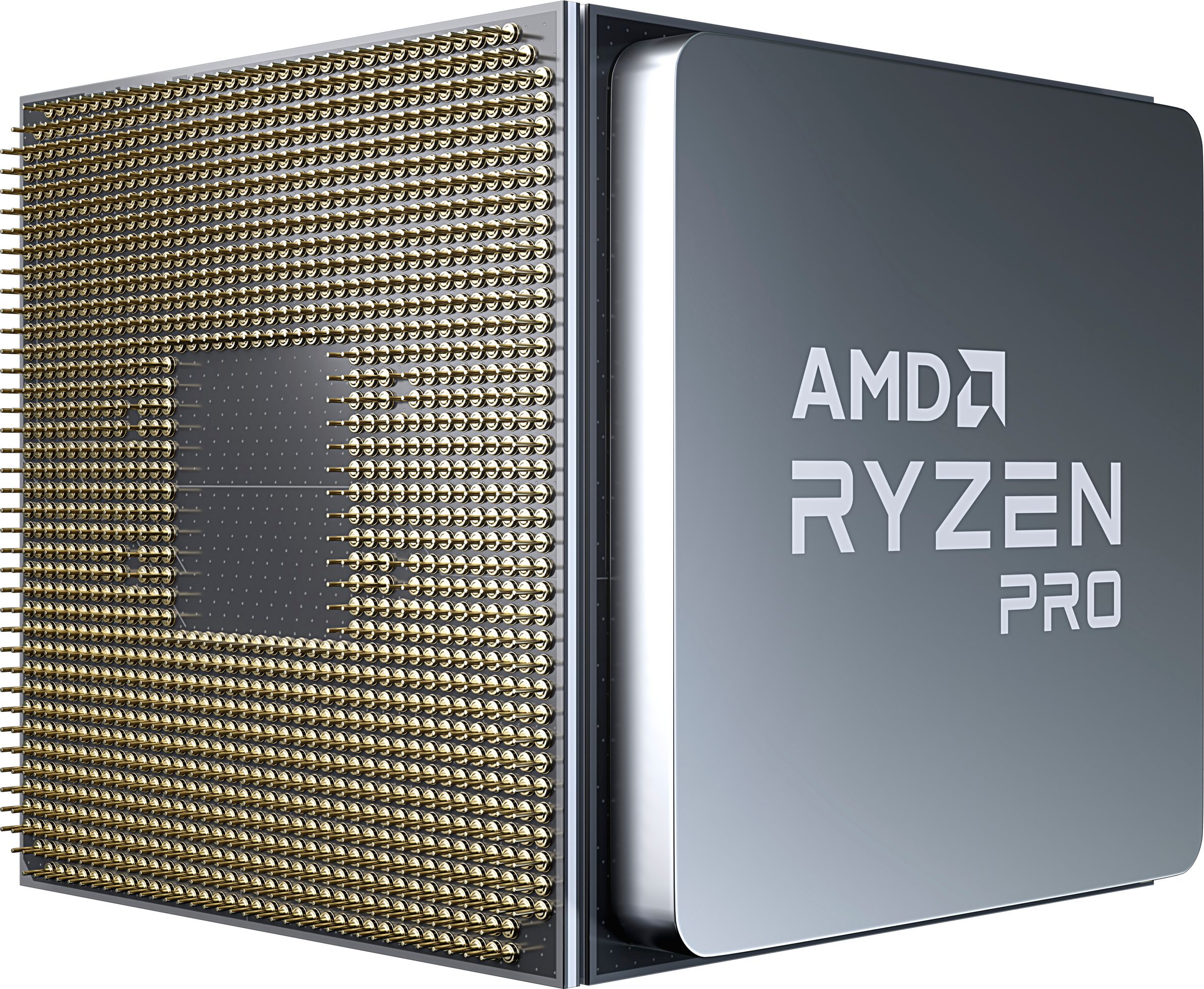AMD Witnesses Significant Growth: 25% of Workforce Now Based in India, Reveals India Sales VP Vinay Sinha

AMD Witnesses Significant Growth: 25% of Workforce Now Based in India, Reveals India Sales VP Vinay Sinha
According to Vinay Sinha, corporate vice president of India Sales at Advanced Micro Devices (AMD), India plays a crucial role in the company’s data center strategy. Approximately 25% of AMD’s workforce is now based in India, with over 6,000 engineers actively involved in various aspects of the data center business. These engineers are closely engaged in driving the company’s data center initiatives, showcasing India’s importance in global operations.
Sinha also mentioned that AMD’s business in India has witnessed substantial growth, doubling over the past two years. This growth can be attributed to the significant contribution and expertise of the talented workforce in India, reaffirming the country’s position as a key player in the company’s data center focus.

With India’s increasing importance in the technology sector and a skilled talent pool, it has recognized the potential for further expansion and innovation in the country. The company’s strong presence in India reflects its commitment to leveraging local talent and resources to drive its data center efforts and overall business growth.
Advanced Micro Devices (AMD) has a wide-ranging technology portfolio that encompasses various industries, including artificial intelligence (AI), healthcare, aerospace, automotive, gaming, and entertainment. In India, AMD’s teams are heavily involved in server chip design and network equipment development. The operations in India play a central role in every major product and design offered by the company, and this importance is expected to persist in the future.
Vinay Sinha emphasized the criticality of having chip design work carried out in India, given the country’s vast engineering talent pool. Leveraging the skilled workforce in India allows AMD to harness local expertise and capabilities, ensuring the development of cutting-edge chip designs and innovative solutions across multiple sectors.
India’s significant contribution to AMD’s operations underscores the country’s prominence in the global technology landscape. The company’s commitment to its operations in India reflects its confidence in the country’s potential to drive technological advancements and stay at the forefront of key industries like data centers, AI, and networking.

The acquisitions of Xilinx and Pensando in the previous year have played a pivotal role in diversifying AMD’s portfolio, expanding beyond central processing units (CPUs) and graphics processing units (GPUs). These acquisitions have enabled AMD to incorporate system-on-chips, field programmable gate arrays, and smart network interface cards into its offerings. This diversification allows the company to deliver differentiated intellectual properties and designs, positioning itself as an innovation hub, particularly in emerging technologies like artificial intelligence and machine learning.
Vinay Sinha highlighted the significance of the company’s engineering talent, recognizing them as the backbone of AMD’s success. AMD is committed to retaining and attracting the right talent to sustain its continued growth. As the technology landscape continues to evolve, having a skilled and dedicated engineering team is crucial for AMD to maintain its competitive edge and lead in the development of cutting-edge solutions and products.
Vinay Sinha highlighted the significant role of the India engineering team in AMD’s server product line, particularly with the fourth-generation EPYC server processors. The Indian engineers have demonstrated considerable ownership and contribution across both silicon and software aspects of the product line. They have played a central role in the development of every generation of the EPYC server processor series. Notably, the teams in Bengaluru and Hyderabad were actively involved in building the processor from its inception, showcasing India’s vital role in AMD’s global research and development efforts.

According to Vinay Sinha, AMD’s philosophy regarding its design operations in India is not based on cost arbitrage. The company is committed to expanding its design capabilities in the country and aims to achieve end-to-end product design in India. AMD has made significant investments in India over the years, and as a result, the possibility of carrying out complete product design locally is very much on the horizon. However, achieving this goal would also require the necessary manufacturing infrastructure to support the entire product development process.
As part of its efforts to strengthen the semiconductor talent pool in India, Jaya Jagdish, the AMD India country head and chairperson of the Semicon India Future Skills Talent Committee, submitted a report to the government. The report outlined recommendations to enhance the semiconductor talent ecosystem in the country. This year, AMD plans to collaborate with the government and the All India Council for Technical Education to implement the suggested measures and promote skill development in the semiconductor industry.
Furthermore, it remains focused on accelerating the deployment of its AI platforms in data centers. This includes the planned launch of the Instinct MI300 accelerators later this year. These advancements reflect the commitment to innovation and its aim to contribute to the growth of technology infrastructure in India and globally.
AMD’s commitment to innovation is evident in its investments in various cutting-edge technologies. The company is actively working on advancements in advanced packaging and 3D stacking, chipset architectures, and the development of AMD Instinct MI300X GPUs and MI300A APUs. It is also strategically leveraging its AI intellectual property (IP) across its entire product portfolio to enhance performance and capabilities.

An example of this integration is seen in AMD’s Ryzen 7040 series of CPUs, where AI engines have been incorporated, making AMD the only vendor with this capability. Additionally, the company’s Instinct MI250 GPU has demonstrated higher performance on large language models compared to Nvidia’s A100, thanks to its superior memory capacity and bandwidth.
In line with its commitment to providing superior solutions, it has recently introduced the AMD MI300X accelerator. This GPU stands out as model sizes continue to expand, delivering top-notch results. The MI300X offers 2.4 times more memory density and 1.6 times higher memory bandwidth compared to its competition. This level of performance makes it possible to accommodate large language models, such as MetaAI’s OPT, in a single GPU, making it a compelling choice for AI and deep learning applications.
Overall, it’s focus on continuous innovation and pushing the boundaries of technology reaffirms its position as a leading player in the semiconductor industry.




